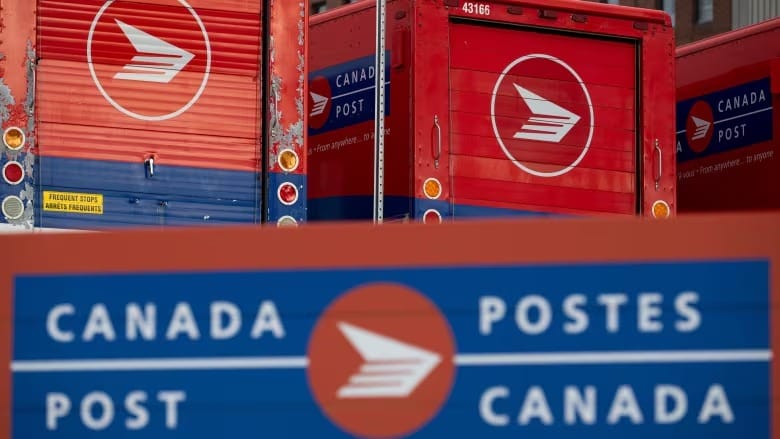Report: Water Main Breaks Cause Serious Difficulties Across the Country, Not Just in Calgary and Montreal
Calgary’s water main break in early June resulted in the city imposing water use restrictions for several weeks. On Aug. 16, a water main in Montreal burst, causing flooding of basements near the Jacques Cartier Bridge.

The strength of water supply pipelines across Canada is in question after surprise water main breaks in Calgary and Montreal, with about a third of the pipes reaching the end of their expected life span, according to a recent report.
Calgary’s water main break in early June resulted in the city imposing water use restrictions for several weeks. The restrictions were lifted on July 2, but on Aug. 7 the city said it would need to put water restrictions back in place for more work on the water line.
On Aug. 16, a water main in Montreal burst, causing flooding of basements near the Jacques Cartier Bridge. Crews were on the scene all day and a boil water advisory was in effect for several Montreal neighbourhoods.
A recent report, Water Main Break Rates in the USA and Canada: A Comprehensive Study, looks at the condition of water mains in North America.
More than 30 percent of water mains—or about 1.2 million kilometres (770,00 miles) of piping—in Canada and the United States are reaching the end of their expected life span, according to the report.
While the average life expectancy for a pipe that is currently installed is 78 years, the report says, the average age of failing water mains is 53 years.
It also notes that there are about 260,000 water main breaks each year, costing about $2.6 billion in maintenance and repairs.
Smaller-sized distribution pipes (12 inches or less) represent 86 percent of all water mains in the two countries and have failure rates of 13.3 breaks/160 kilometres (100 miles) per year compared to transmission mains, which see 2.2 breaks/160 kilometres (100 miles) per year, report authors wrote.
The report said that 43.5 percent of utilities reported undertaking regular condition assessments.
Numbers from Statistics Canada estimate that nearly four out of every 10 kilometres of water pipes are in unknown, very poor, or poor condition.
Public infrastructure deemed in poor or very poor condition was largely roads at 48.1 percent, followed by wastewater infrastructure at 13.9 percent and potable water at 11.1 percent, StatCan says.
The comprehensive report estimated more than 19 percent of water mains, or 727,423 kilometres (452,000 miles) are already “beyond their useful lives.” In 2018, that number was 16 percent; in 2012, it was 8 percent.
The authors say this indicates a lack of funding for critical water infrastructure.
Question of Cost
One of the biggest challenges to the country’s water supply is who is footing the bill.
StatCan says that more than 60 percent of water pipes in the country fall under the responsibility of municipalities.
“Municipalities ($1,328.5 billion) owned 61.7 percent of the total estimated replacement value of core public infrastructure in Canada,” the agency says. “Of that amount, more than two-thirds (68.1 percent) were in urban municipalities.”
In 2020, the most recent year data is available, public infrastructure in Canada, excluding social and affordable housing, had a replacement value of $2.1 trillion, StatCan said.
Roads, bridges, and tunnels made up more than half of those costs, with water infrastructure accounting for 35 percent or $771.8 billion.
New Brunswick (14.6 percent) and British Columbia (10.9 percent) had the highest rates of transmission pipes in very poor condition, StatCan reported. The Northwest Territories (25 percent) and Quebec (10.1 percent) had the highest rates of pipes in poor conditions.
StatCan says that the estimated replacement value of potable water assets across Canada was $270.1 billion in 2020. About 16 percent of that was for pipes that were in poor, very poor, or unknown condition.
In 2022, local and regional governments reported a combined $3.6 billion in capital expenditures on waterworks infrastructure, according to StatCan data. That was about 13.6 percent of all spending on infrastructure.
In the same year, governments and public-sector organizations spent an extra $8.3 billion for water supply operations, maintenance, and other expenses, StatCan says. It notes that was up from $6.1 billion the year before.





